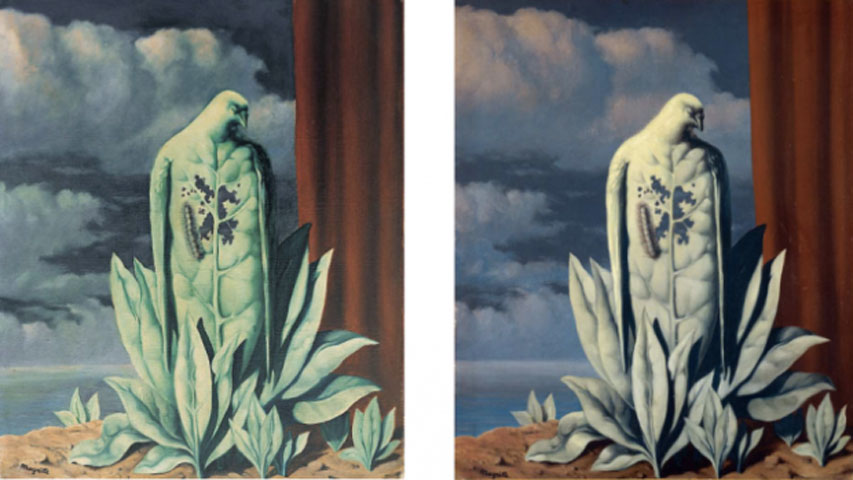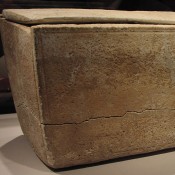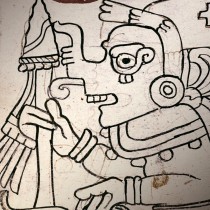A pair of Serbian computer scientists figured out a way to detect cognitive processes involved in human creativity. Milan Rajkovic and Milos Milovanovic decided to use emerging ideas about machine vision to see whether the underlying organization of a copy is different than that of an original. Their study, entitled “The Artists who Forged Themselves: Detecting Creativity in Art” is explained in brief in the following abstract.
“Creativity and the understanding of cognitive processes involved in the creative process are relevant to all of human activities. Comprehension of creativity in the arts is of special interest due to the involvement of many scientific and non scientific disciplines. Using digital representation of paintings, we show that creative process in painting art may be objectively recognized within the mathematical framework of self organization, a process characteristic of nonlinear dynamic systems and occurring in natural and social sciences. Unlike the artist identification process or the recognition of forgery, which presupposes the knowledge of the original work, our method requires no prior knowledge on the originality of the work of art. The original paintings are recognized as realizations of the creative process which, in general, is shown to correspond to self-organization of texture features which determine the aesthetic complexity of the painting. The method consists of the wavelet based statistical digital image processing and the measure of statistical complexity which represents the minimal (average) information necessary for optimal prediction. The statistical complexity is based on the properly defined causal states with optimal predictive properties. Two different time concepts related to the works of art are introduced: the internal time and the artistic time. The internal time of the artwork is determined by the span of causal dependencies between wavelet coefficients while the artistic time refers to the internal time during which complexity increases where complexity refers to compositional, aesthetic and structural arrangement of texture features. The method is illustrated by recognizing the original paintings from the copies made by the artists themselves, including the works of the famous surrealist painter René Magritte.”




